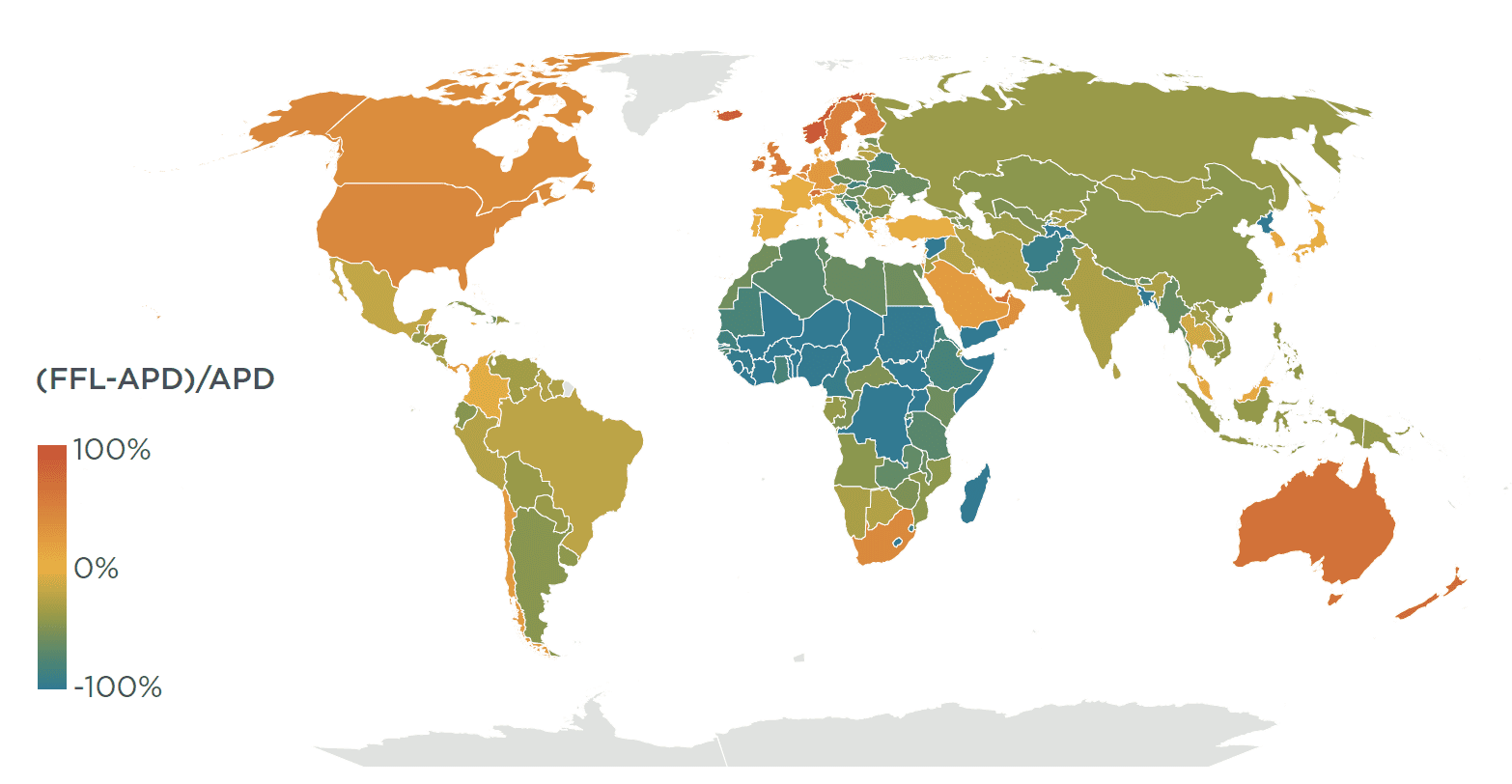White paper
Aviation climate finance using a global frequent flying levy
This paper presents the case that progressive taxation, namely a frequent flying levy (FFL), can generate revenues for decarbonization while ensuring equitable distribution of the cost burden. Varying the levy based on flying frequency focuses the tax burden on wealthier frequent flyers and helps ensure that people with lower incomes are not priced out of air travel because of climate policy.
The International Civil Aviation Organization estimates that up to $4 trillion in technology investment may be needed to achieve a 1.75 C-compatible aviation emissions reduction pathway through 2050, or an annual investment of $121 billion. This study investigates the distributional impacts of raising this revenue in two different ways: a flat per-flight tax (air passenger duty, or APD), or a frequent flying levy (FFL). Raising $121 billion of revenue in 2019 would have required a flat $25 tax on each one-way flight or an FFL starting at $9 for a person’s second flight to $177 for their twentieth within the same year.
A global FFL would shift the climate cost of flying away from occasional fliers and toward wealthier frequent fliers. We estimate that a global FFL would generate 81% of revenue from frequent fliers (2% of global population) and 90% of the revenue from the richest 10% of world population.
High-income countries would contribute 67% of total global revenue under a FFL, compared with 51% under a flat tax. Since high-income countries have emitted about 70% of aviation CO2 over the past four decades, this suggests that the cost burden under an FFL would closely track historical emissions. The figure below shows the FFL vs. APD difference in tax burden among nations. Countries shaded in orange and red would pay more under an FFL, while those shaded in green and blue would pay less, compared to an APD.
We conclude that a global FFL could help implement a global net-zero target in an equitable way. But implementation challenges exist, including creating accurate flying frequency database and governing the use of revenues collected.

Figure. Percentage difference in total APD collected and total FFL collected for each country
